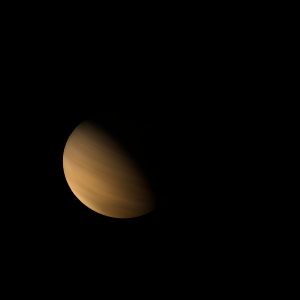|
|
Space Astro
|
Info for exoplanet "Yozhwai"
| Scientific (actual) data |
|---|
| Name | HR 8799 e |
| Planet status | Confirmed |
| Planet mass | 9.6 |
| Radius | 1.17 |
| Orbital period | 18000 |
| Semi major axis | 16.4 |
| Orbit eccentricity | 0.15 |
| Inclination | 25 |
| Angular distance | 0.36802 |
| Discovered | 2010 |
| Updated | 2024-11-30 |
| Temp measured | 1150 |
| Publication | Published in a refereed paper |
| Detection type | Imaging |
| Mass measurement type | Astrometry |
| Radius measurement type | Theoretical |
| Star name | HR 8799 |
| Right ascension | 346.87° |
| Declination | 21.13° |
| Mag v | 5.96 |
| Star distance | 39.4 |
| Star metallicity | -0.47 |
| Star mass | 1.56 |
| Star radius | 1.5 |
| Star sp type | A5V |
| Star age | 0.06 |
| Star detected disc | Imaging |
| Star alternate names | HD 218396 |
| Wikipedia article | HR 8799 e |
Back
| |
| Fictional info (?) |
|---|
| Suggested name | Yozhwai |
| Planet type | Huge cold gas giant |
| It may have had helium oceans in the past, but these would have vaporized as the temperature rose due to a runaway greenhouse effect.
It was the one of the first exoplanets visited by a spacecraft, and one of the first to be successfully landed on. |
| Atmosphere | Neon | 71% |
| Krypton | 13% |
| Helium | 9.9% |
| Hydrogen | 4.2% |
| Ammonium hydrosulfide (NH4SH) | 0.75% |
| Atmospheric pressure | 0.001 bar |
 |
| No known satellites |
| Google search for Yozhwai |
|
Website by Joachim Michaelis
|
|
|
|